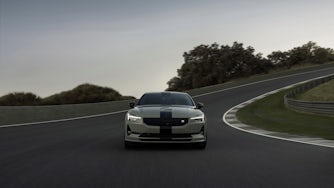Polestar 2 model range expands to three versions
Sometimes, it’s okay to judge a book by its cover. It is winning design awards, after all.
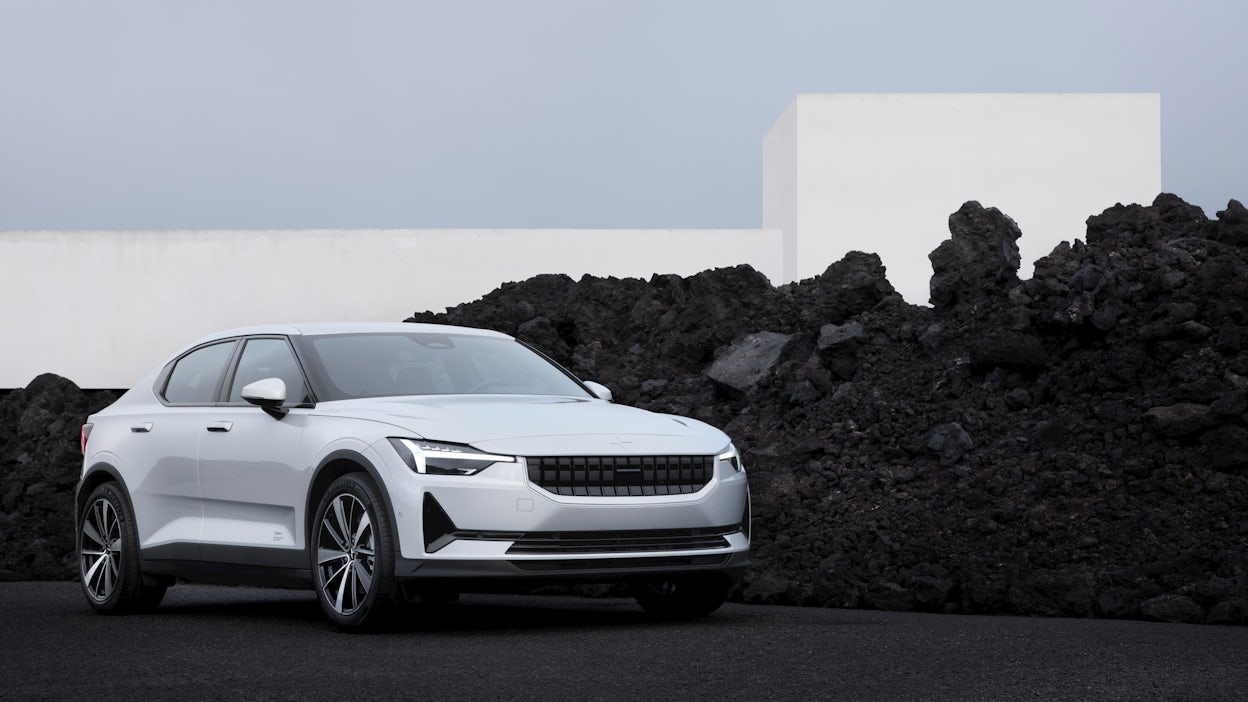
Polestar 2 was designed and engineered to provide a unique, intuitive experience. Its all-electric powertrain offered instant torque, power, and a dynamic, predictable drive despite the prevailing conditions. Its world-first Android Automotive infotainment system is the most contextualised and seamless to be found in a vehicle today, the solution to a problem the car industry was (mostly unsuccessfully) trying to solve in any number of ways.
A curated range of options and upgrades ensured that the same experience was provided despite the configuration. For those who want to tailor it even further, Polestar 2 now comes in three different versions, none of which compromise its distinctive interior and exterior design.
Each version of Polestar 2 comes with features that keep the all-electric fastback at the meeting point of form and function, such as 19-inch wheels, signature LED light designs front and rear, and Polestar’s characteristic frameless mirrors. And though we don’t care for tradition, our custom of offering vegan upholstery as standard is one we’re happy to continue. The new standard embossed textile upholstery is entirely animal-free, boasting a distinctive pattern which matches that of the new 3D-etched décor panels. Other notable standard features include high performance audio with 8 speakers, front- and rear parking sensors and a rear-view camera.
The true differentiators lie under the hood, figuratively speaking. Three powertrains are now on offer for Polestar 2. The existing 300 kW (408 hp) dual motor setup with a large 78-kWh battery pack is still available. It now has two front-mounted single motor versions for company, available either with the same long-range battery and a 170-kW motor, or a smaller, standard-range battery (64 kWh) and a 165-kW motor.
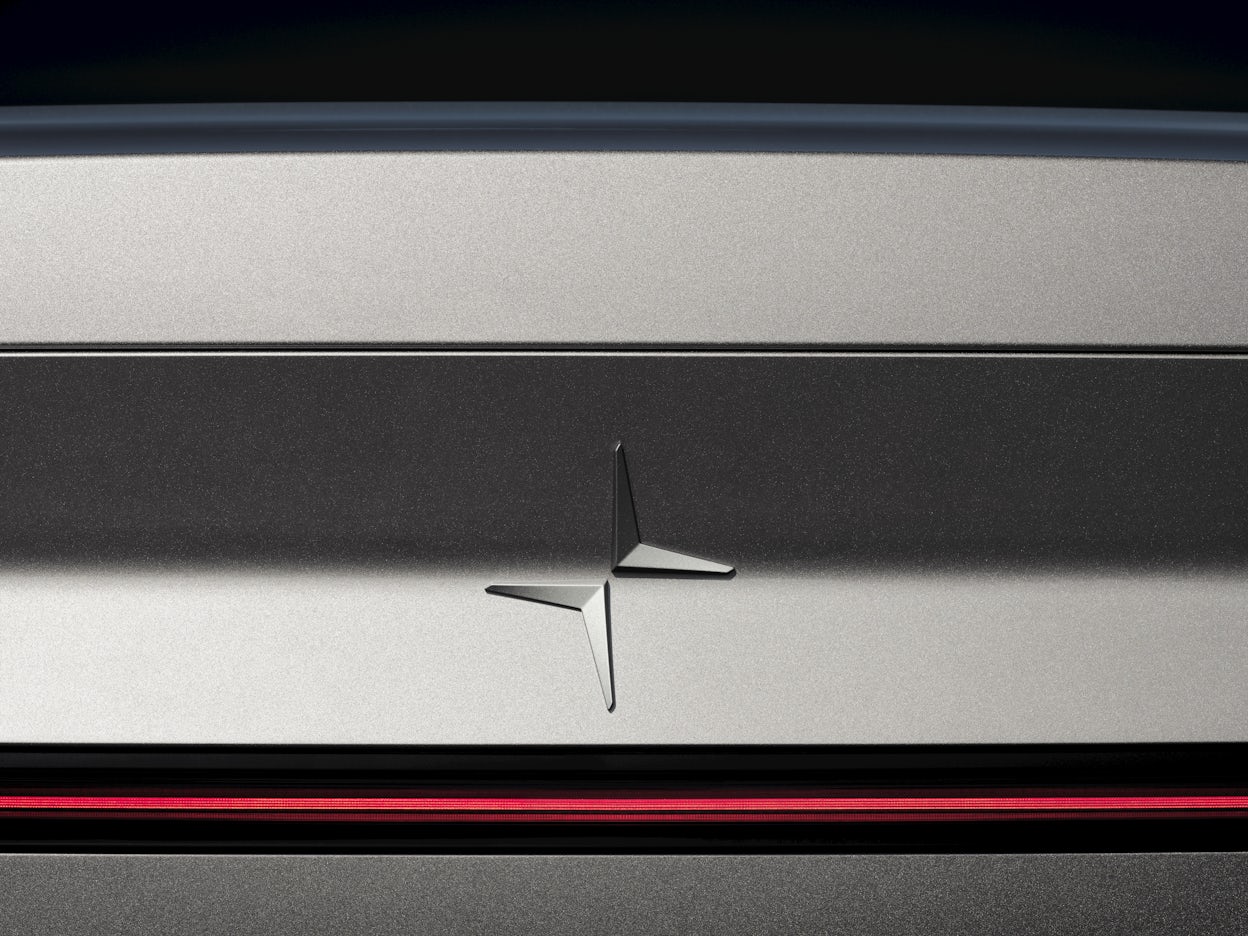
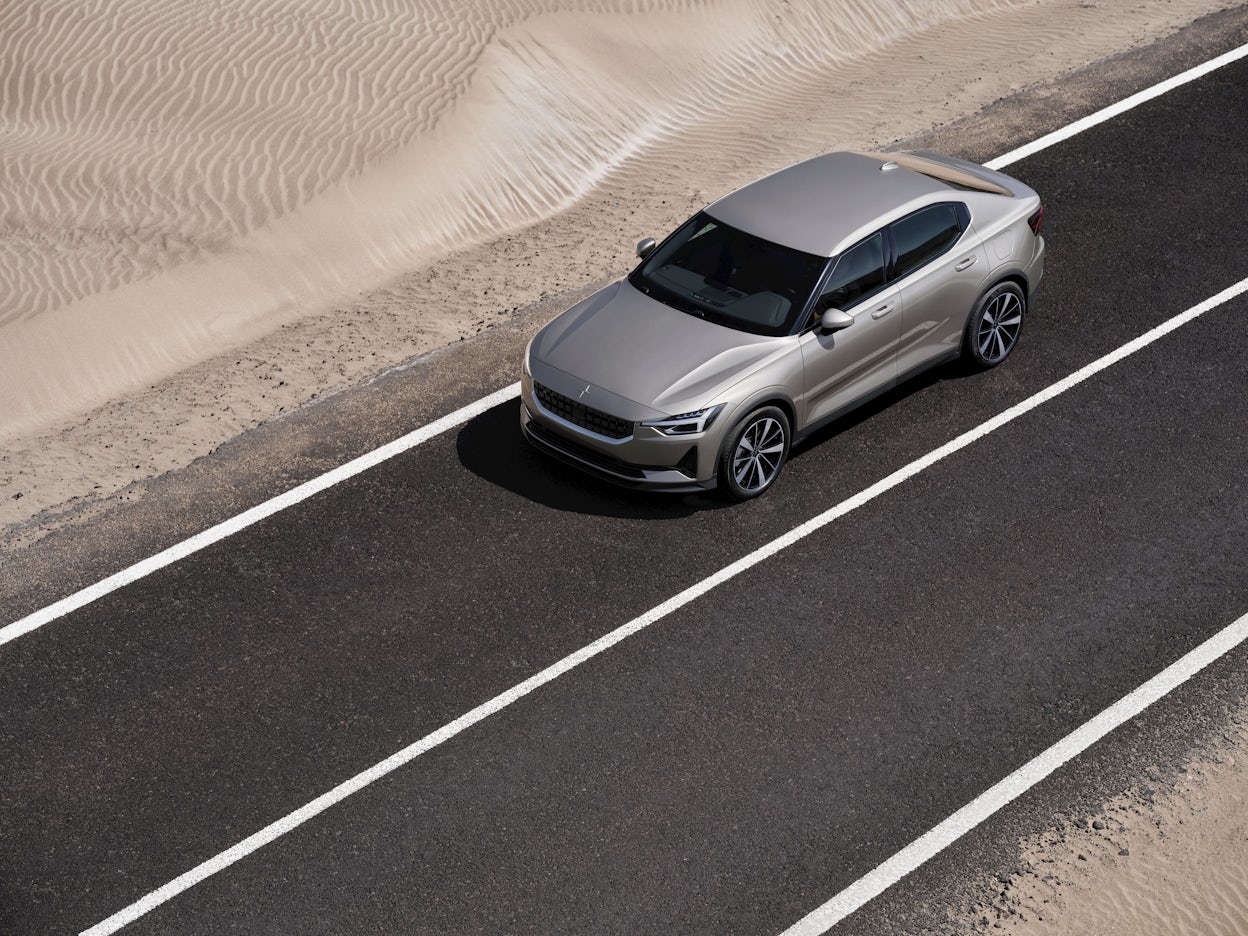
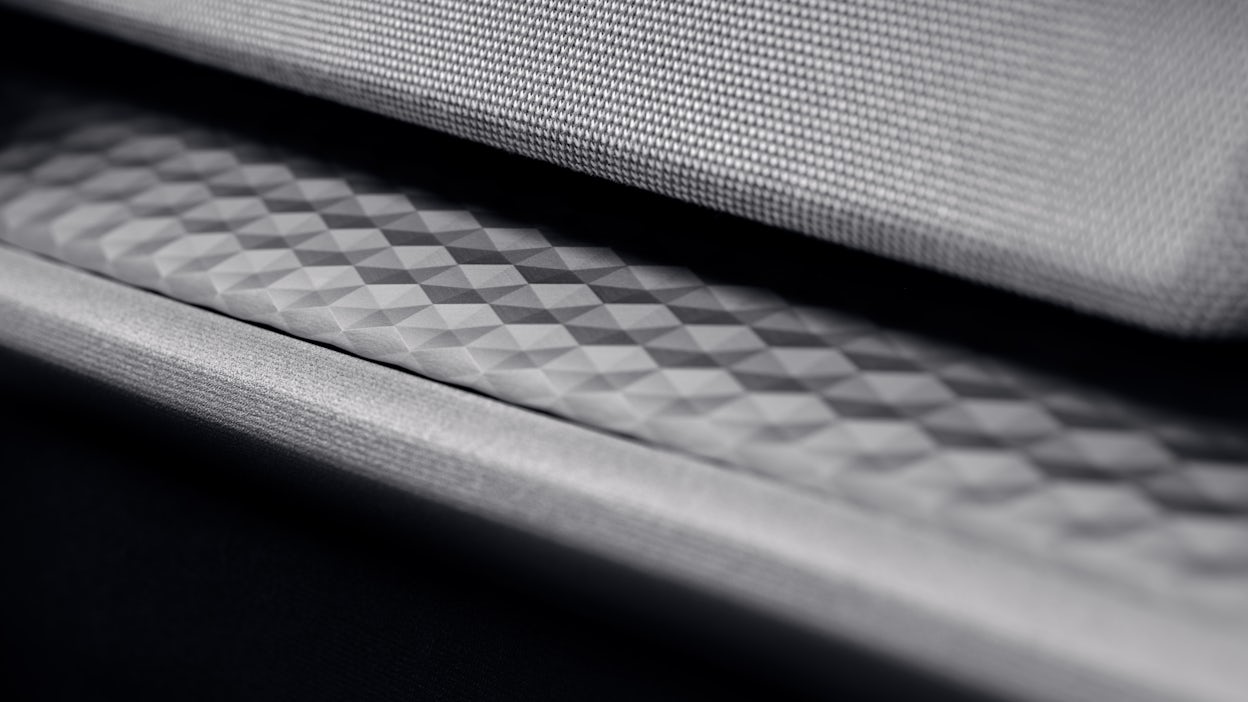
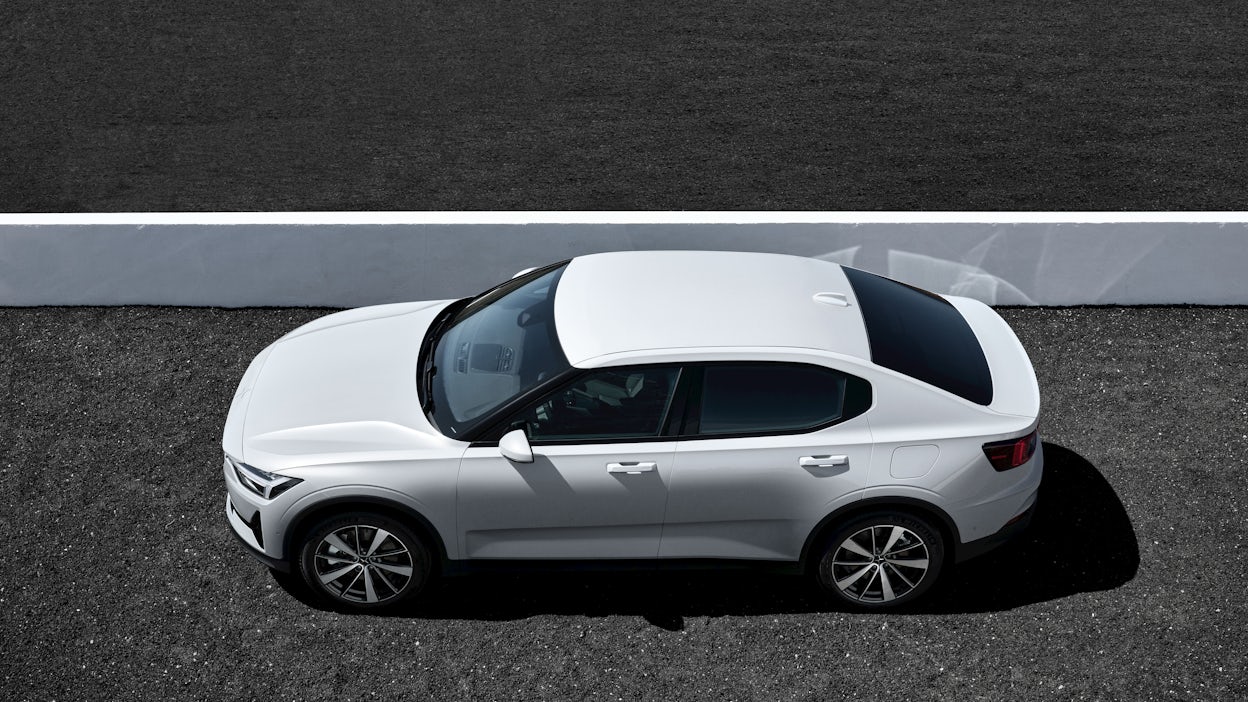
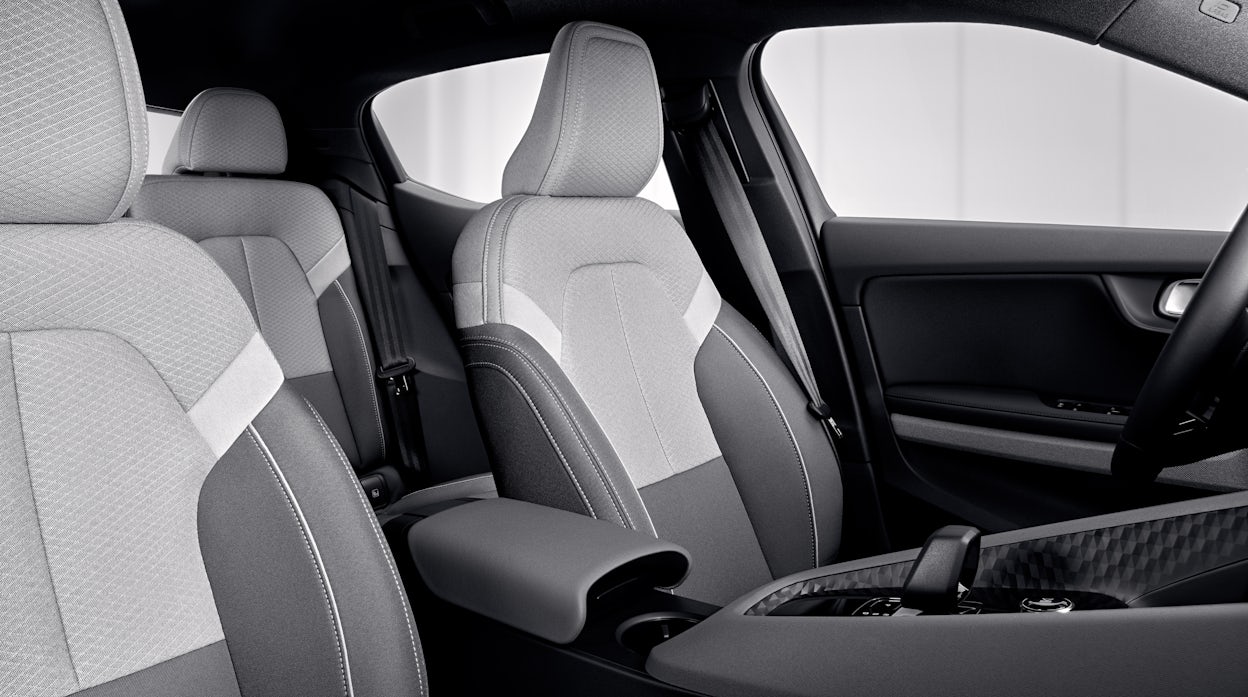
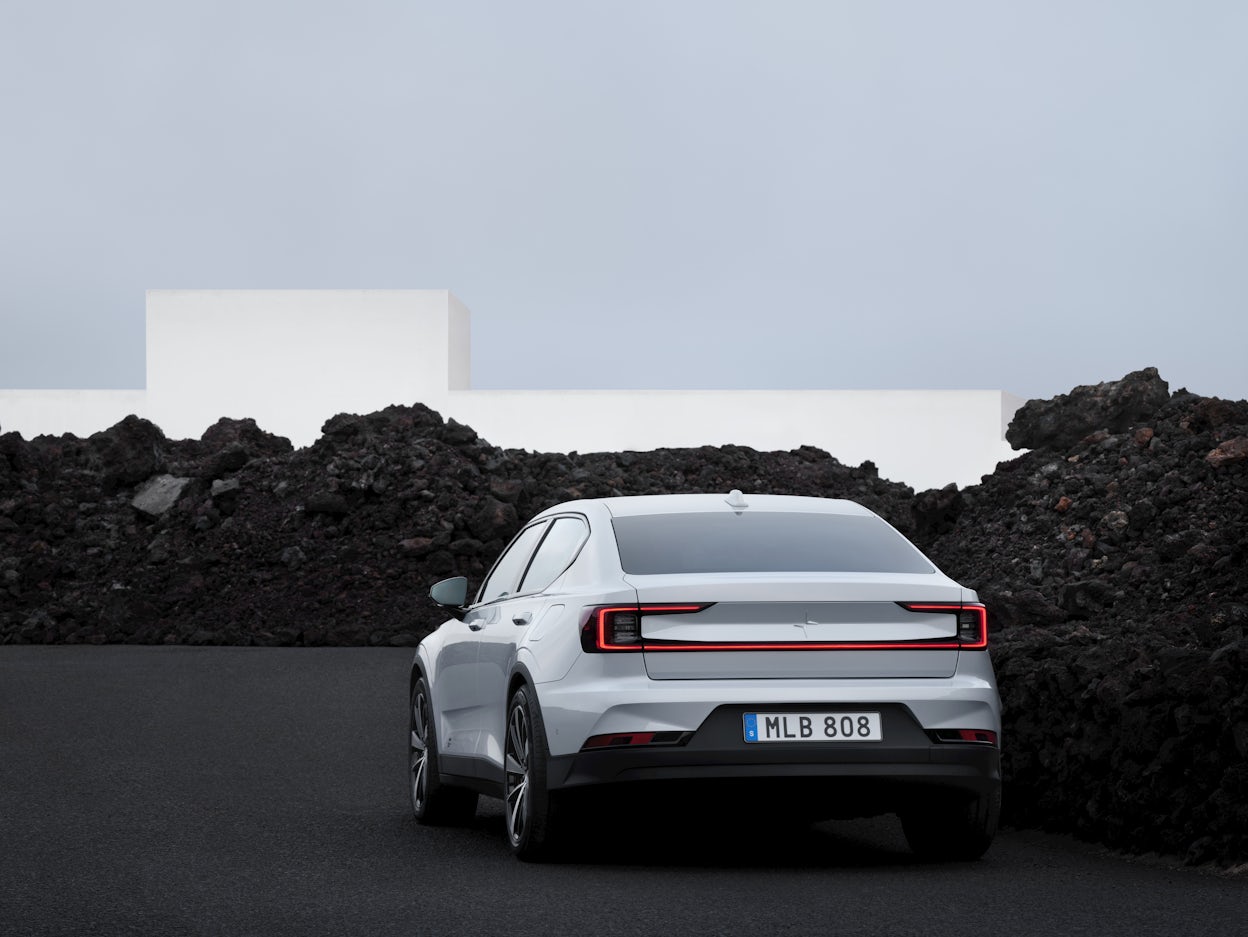






01/06
Secondly, three optional packs join the line-up, allowing for a more curated range of features. The adjustable Öhlins dampers, Brembo brakes, forged 20-inch alloy wheels and signature “Swedish gold” interior and exterior details of the optional Performance pack are available for the Long range Dual motor Polestar 2.
The Plus and Pilot packs, previously coming as standard in the launch version, are now optional.
The Plus pack takes Polestar’s definition of premium to the next level, with a full-length panoramic glass roof, a 13-speaker Harman Kardon audio system, heated steering wheel, heated front and rear seats and wipers, Black Ash deco panels, award-winning vegan WeaveTech upholstery, and a new heat pump (see sidebar).
The Pilot pack expands upon Polestar’s already comprehensive suite of safety features, with the Pixel LED headlights with LED front fog lights, Driver Assistance with Adaptive Cruise Control and Pilot Assist, a 360° camera, parking sensors, and Driver Awareness including Blind Spot Information System (BLIS) with steering support, Cross Traffic Alert with brake support, and Rear Collision Warning all included.
Sometimes, it’s okay to judge a book by its cover, because even though the new versions of Polestar 2 have slightly differing contents, they still tell the same story: one of pure, progressive performance.


